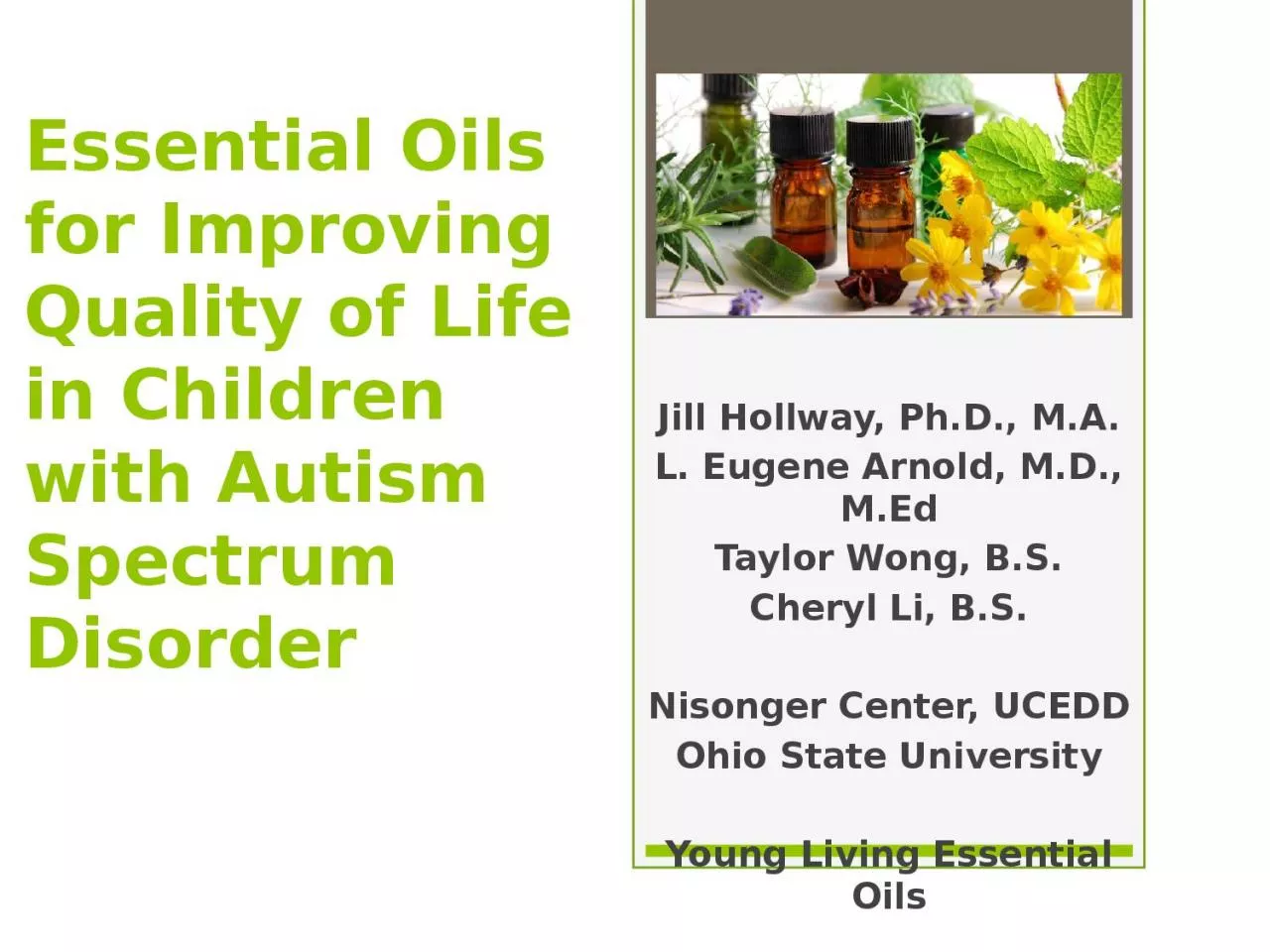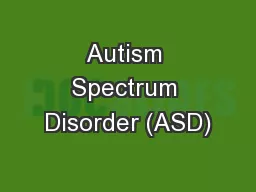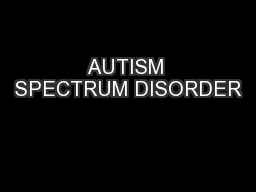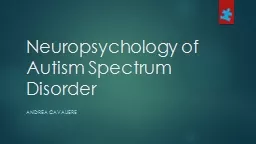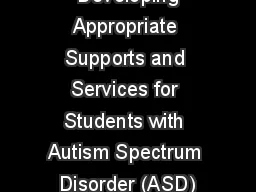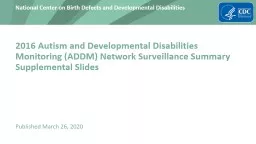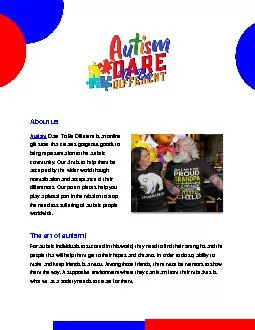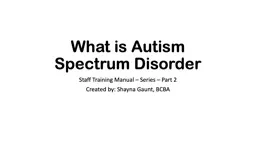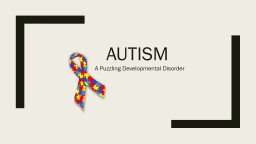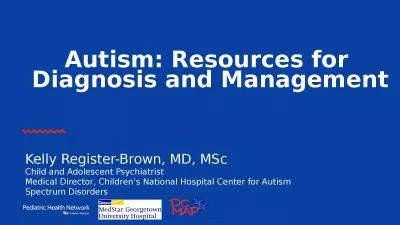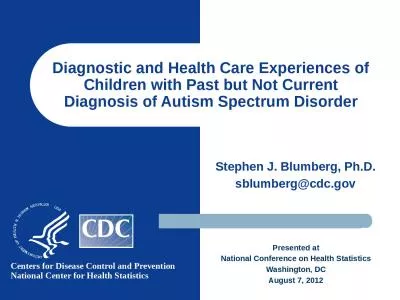PPT-Essential Oils for Improving Quality of Life in Children with Autism Spectrum Disorder
Author : pagi | Published Date : 2024-01-03
Jill Hollway PhD MA L Eugene Arnold MD MEd Taylor Wong BS Cheryl Li BS Nisonger Center UCEDD Ohio State University Young Living Essential Oils Aromatherapy use
Presentation Embed Code
Download Presentation
Download Presentation The PPT/PDF document "Essential Oils for Improving Quality of ..." is the property of its rightful owner. Permission is granted to download and print the materials on this website for personal, non-commercial use only, and to display it on your personal computer provided you do not modify the materials and that you retain all copyright notices contained in the materials. By downloading content from our website, you accept the terms of this agreement.
Essential Oils for Improving Quality of Life in Children with Autism Spectrum Disorder: Transcript
Download Rules Of Document
"Essential Oils for Improving Quality of Life in Children with Autism Spectrum Disorder"The content belongs to its owner. You may download and print it for personal use, without modification, and keep all copyright notices. By downloading, you agree to these terms.
Related Documents

